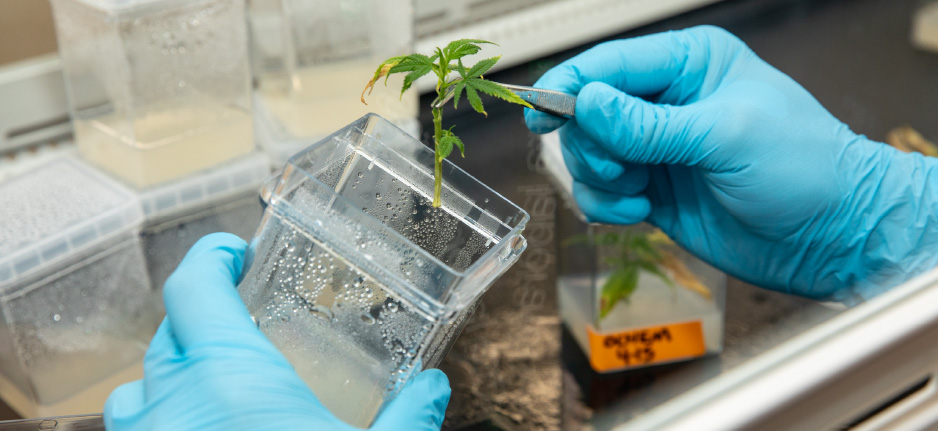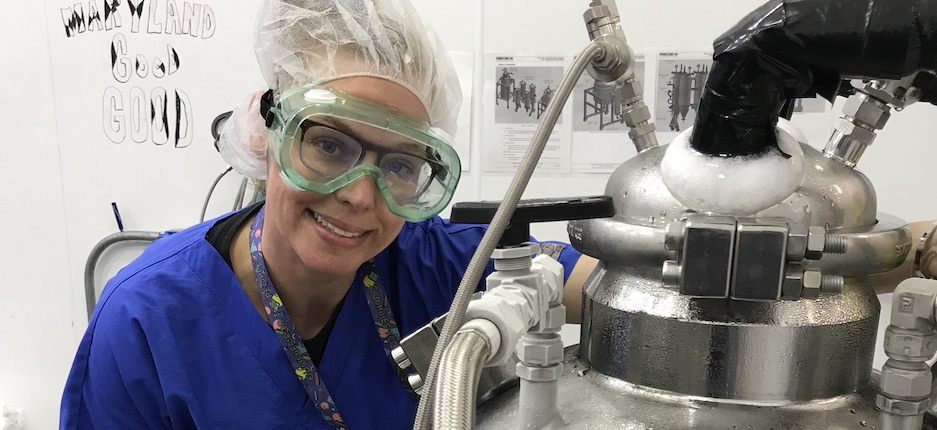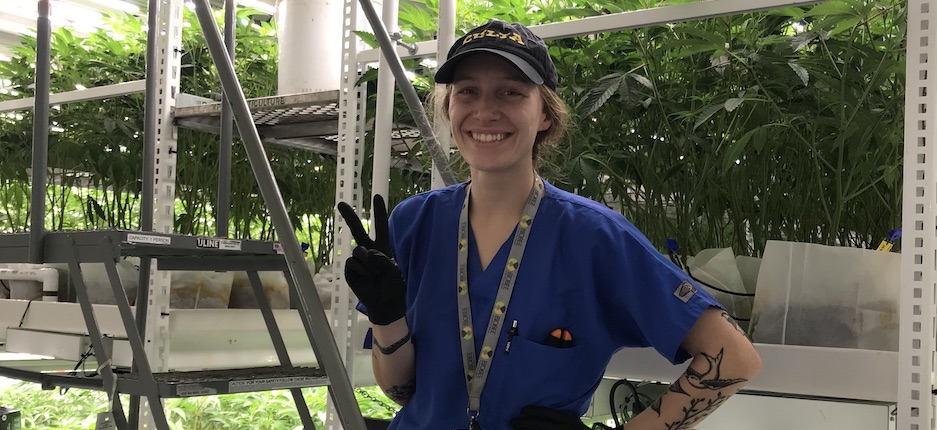After two years of planning and preparation, CULTA is excited to announce that we took our first tissue culture clones in April 2021. If you’re wondering what exactly tissue culture cultivation is, it’s a transformative approach to propagation in the agriculture industry. Commercialized four decades ago and commonly used across agricultural sectors, the technology behind cannabis tissue culture has only recently been more widely adopted by the cannabis industry.
Today, we’ll explore how tissue culture works, its unique benefits, and how CULTA plans to use cannabis tissue culture propagation moving forward. Read on to learn more about cannabis tissue culture and our innovative cannabis tissue culture lab!
How does cannabis tissue culture work?
As with other forms of propagation, cannabis tissue culture propagation starts with a small cutting from a mother plant. Next, the tissue is trimmed, sterilized, and placed into a nutrient-rich culture (typically an agar gel) that contains a special mix of nutrients, hormones, and sugar to promote healthy growth. Different hormone mixtures will trigger various stages of development for the culture (ex: some are intended to promote growth, while others are intended to preserve the culture indefinitely.)
Once the plant media has grown and is ready to be transplanted, it’s transferred to another medium that helps manage growth. The great thing about this form of propagation is that the cannabis tissue culture can remain in a period of “purgatory” until a grower wants to work with the sample again. Unlike conventional methods, tissue culture lets cultivators preserve the specimen, almost perpetually, with minimal effort.
What are the benefits of cannabis tissue culture?
Over the past 40 years, plant tissue culture technology in the agriculture industry has been used by small-scale farmers, large-scale operations, and has been heavily utilized in developing nations. Why? Well, it works. This propagation technique has several benefits in the cannabis industry, including:
- Require less space: Unlike traditional cuttings, which require lots of space, tissues are easily saved in small spaces over long periods. This method is ideal for smaller grow operations or for those who like to provide their patients with many different strains at once. Fun fact: A cannabis tissue culture lab uses approximately one-tenth of the space that traditional cloning uses!
- Promotes preservation: Prior to cannabis tissue culture, preserving a specific strain required an in-depth understanding of genetics and breeding. While these skills are still important in tissue culture propagation, preserving plants that carry a specific set of genetics is a lot easier. TC genetics are guaranteed to be a genetic copy of the plant media used -- no complex genetics involved.
- Increases yield: Did you know that plants grown in a cannabis tissue culture lab can be genetically altered to have high-yielding qualities? On top of that, improved efficiency translates to higher yields. Per square foot, a cannabis tissue culture lab is 100x more efficient than traditional cultivation methods. Just 300 square feet can home up to 2 million clones!
- Better contamination control: With a cannabis tissue culture lab, abnormalities can be spotted much earlier, inhibiting the pathogens from maturing and causing costly damage to your crop. The TC process requires sterile conditions, meaning the pathogens that may have been present in the mother plant won’t be transferred to the clones.
What are the drawbacks?
Although tissue culturing is a near-perfect science, there is one small drawback: traditional cuttings reach maturity faster than tissue culture. With traditional methods, a cutting from a mother plant takes roughly two weeks to reach the planting stage; tissue cultivation can take over a month to mature. In the grand scheme of things, though, this tiny drawback shouldn’t deter cultivators from using a cannabis tissue culture lab. After all, TC has a considerable multiplication factor that traditional methods can’t replicate, and the efficiency and scale of tissue culture cultivation are incomparable to conventional cuttings.
Is cannabis tissue culture more sustainable?
There’s a reason cannabis tissue culture propagation is being touted as the future of cannabis cloning: it’s one of the more sustainable and environmentally-friendly methods of propagation currently available. With all the nutrients available in the soil, plants only require water from transplant to harvest, and the growing medium and organic waste produced via cultivation can be recycled through vermicomposting. On top of that, since tissue culture propagation requires less space, the method uses overall less energy than traditional methods. And, for those concerned about pesticides, since plants grown in a cannabis tissue culture lab are naturally disease-free, they don’t have to worry about pesky chemicals making their way into their cannabis.
How does CULTA plan on using cannabis tissue culture?
Currently, CULTA has 25 different strains cultured, including patient-favorites Dosido 22-22, Poochie Love, and Scooby Snacks #2. CULTA expects to have all their genetics stored in the cannabis tissue culture lab by the end of the year and hopes to start producing new mothers from tissue cultured plants within the next few months. Long-term, CULTA plans to use the cannabis tissue culture lab for breeding purposes before moving onto more advanced applications of cannabis tissue culture.
At CULTA, we’re constantly looking for ways to innovate and take our genetics to the next level. By culturing and storing all our genetics in a lab we’ll be able to preserve CULTA’s standout strains and can continue to provide our patients with the top-tier cannabis they’re accustomed to.
To learn more about our growing process, watch the video below or visit our growing process page.




